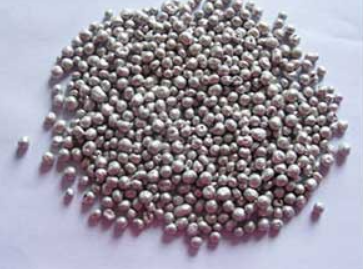Hardness index of alloy steel shot
Alloy steel shot has moderate hardness, strong toughness, a service life of up to 2000-2900 times, low consumption, no damage, fast cleaning speed, and good technical effect. During its use, it is required that its hardness meet the established standards. So what are its hardness indicators?

Brinell hardness
Using a certain diameter of alloy steel shot, under a certain pressure, press it into the surface of the specimen, stay for a period of time, then remove the pressure and measure the area of the indentation. The smaller the indentation, the greater the resistance to plastic deformation (i.e. hardness), and the larger the indentation, the lower the hardness, represented by "HB".
Rockwell hardness
Under the specified pressure environment, the alloy steel shot or diamond indenter is vertically pressed into the surface to create an indentation. The indentation depth is tested, and the Rockwell hardness can be calculated using the Rockwell hardness calculation formula HR=(K-H)/C. Simply put, the deeper the indentation, the higher the hardness of the alloy steel shot. For example, HRC60 represents the indentation depth of 0.08mm when using a diamond cone indenter with a top angle of 120 degrees under a test load of 150kg.
The quality requirements for using alloy steel balls are very high. Therefore, manufacturers must strictly follow the standards when making them, and their hardness index is only a direct way to judge product quality and hardness.
Editor: Lena
Alloy steel shot Relevant information
Alloy steel shot Related Products
- E-mail zs@sdsmachinery.com
- whatsapp +8615653328535
- Wechat +8615965331535
-
Shandong Metal Abrasive Co., Ltd produces China steel shot and alloy steel shot at a low price, with a complete range of models and a professional team

